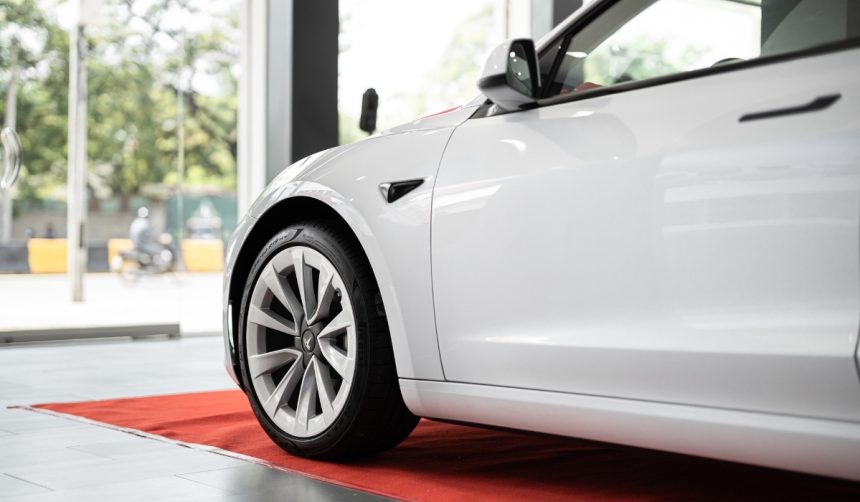A previously unreleased vehicle caused a stir among residents and enthusiasts as it traveled through Los Altos, California, not far from the Tesla Engineering Headquarters. The Tesla Cybercab, which has been developed with a focus on autonomous driving, was observed under close scrutiny, with a driver behind the wheel for safety. Side view mirrors and other legal requirements were present, underscoring the development phase the vehicle is currently in. Tesla’s efforts to publicly test the Cybercab invite curiosity about the company’s approach to regulatory compliance and its ultimate vision for autonomous transport. Speculation about the features and final design of the Cybercab continues as the vehicle advances toward production, with the tech community watching Tesla’s progress closely.
Previous sightings of the Cybercab had been limited to closed environments, such as the Fremont Factory test track and near the Gigafactory Texas crash testing facility. Early discussions centered around the possibility of the vehicle lacking a steering wheel or pedals, distinguishing it from conventional autonomous cars. Now, with public road testing underway and ongoing job postings suggesting ramped-up production efforts, the timeline for Cybercab’s potential launch appears to be accelerating. Tesla’s willingness to make adjustments to its original vision reflects the complexity of regulatory approval and real-world deployment for fully autonomous vehicles.
What Does Real-World Testing Mean for Cybercab?
By piloting the Cybercab on public roads with an onboard driver, Tesla is taking concrete steps to verify the vehicle’s performance in live scenarios while managing regulatory and safety requirements. Legal necessities, such as side view mirrors, demonstrate how testing phases must conform to established vehicle standards, even as Tesla aims for an ambitious goal of removing manual controls.
Could Cybercab Launch with Manual Controls?
Recent comments from Tesla Board Chair Robyn Denholm indicate a potential shift, with the company considering manual controls for the initial release, if necessary.
“We could end up building Cybercab with a steering wheel and pedals,”
she stated, signaling a pragmatic approach to meeting regulatory hurdles if the Full Self-Driving system is not finalized before mass production begins.
How Soon Could Cybercab Enter Production?
Tesla has outlined an aggressive schedule, planning to initiate volume production of the Cybercab by the second quarter of next year. Achieving a control-free design depends on the timely completion and approval of Tesla’s Full Self-Driving software. Continued investment in Cybercab manufacturing roles points to heightened internal focus as the company prepares for this timeline.
“We want to start volume production in Q2,”
Tesla representatives noted, emphasizing the urgency surrounding commercialization plans.
Past reports suggested a longer window for testing and refinement, highlighting Tesla’s evolving strategy as regulatory response becomes clearer. Discussions around potential features, such as the absence of steering wheels and pedals, have consistently signaled Tesla’s aspirations for an entirely autonomous passenger experience. With the move to public road testing now underway, the lead-up to production is more condensed compared to previous projections. Tightened schedules may lead to broader compromises on original design intentions if regulatory approvals demand them.
Testing the Tesla Cybercab on open roads demonstrates the company’s intention to merge technical ambition with regulatory practicality. The journey from concept to commercialization for autonomous vehicles has involved adapting to external constraints and internal pacing, with the Cybercab’s road trials representing a pivotal stage. Potential buyers and industry observers should note that regulatory requirements, such as manual controls, could affect the final form of the Cybercab. For those evaluating trends in autonomous transport, the Cybercab’s progress is a clear barometer for how quickly radically new vehicle designs can move beyond prototypes and enter the market under real-world conditions.










